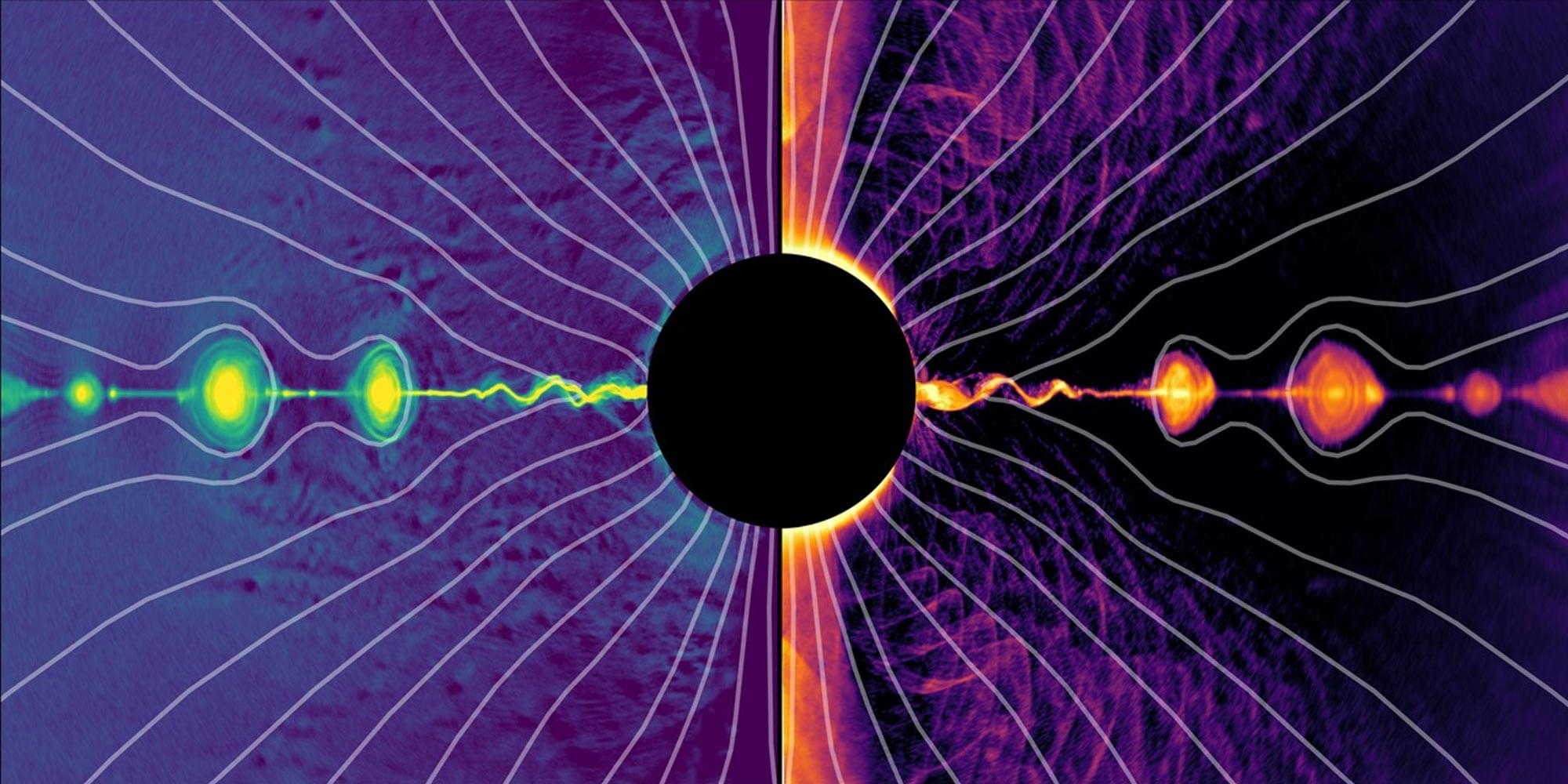Cosmologists can now explore data faster than ever before with a new emulator. As astronomers continue to uncover the mysteries of the universe, their work generates increasingly vast and intricate data sets. A recent innovation is making it possible for researchers to process these enormous collec








